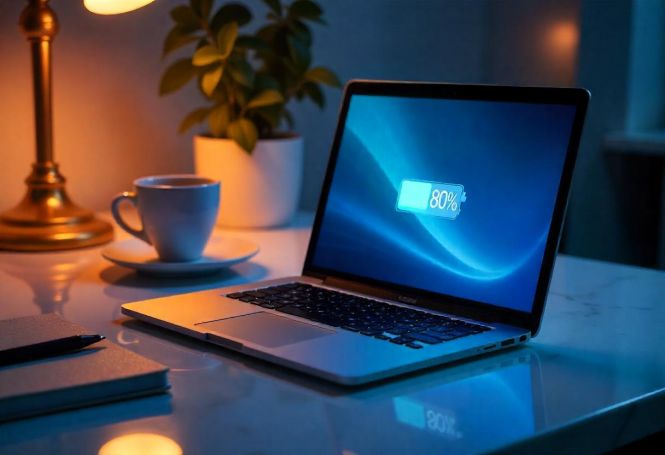 Li-ion battery 80% charge limit: is there science behind it?
Li-ion battery 80% charge limit: is there science behind it?
Macworld, one of the popular sites covering all things Apple, has recently published a piece reporting its statistical experiment that sought to determine whether the 80% battery charge limit, which is imposable in iPhone 15 and iPhone 16 lineups, actually does good for the lifetime of the device’s accumulator. Scholars may frown upon the design of this study and the source of data (screenshots and reports from subscribers), but to laypeople, it looks quite robust: the sample is large enough to suggest significance, even if you factor in self-reporting as an approach prone to bias and subsequent flaws in the overall array. The conclusions Macworld arrives at confirm the initial hypothesis: charging a li-ion battery to 80% prolongs its service life.
We’ve decided to take it a step further and dug into scientific evidence to find out the repeatedly proven phone battery usage best practices, remembering that repeatability of a result is the cornerstone of all valid research efforts. For more general information and context, we relied on the sources considered authority in the respective field, and pieces therefrom based on hard facts exclusively. You’ll find links to the said sources and studies at the end of the article.
Now, let’s take a closer look at what’s what.
How do Li-ion batteries work?
Lithium-ion batteries (Li-ion) are widely used in most electrical devices that aren’t plugged into a socket all the time, from cars through phones and wearable electronics to hearing aids and other medical appliances of this sort. They offer high energy density, low self-discharge rates, and a long cycle life (yes, not life cycle; see below).
The key components of a lithium-ion battery are:
- cathode, typically made from lithium cobalt oxide or other lithium compounds;
- anode, usually a machined piece of graphite;
- and electrolyte, a liquid or gel that facilitates the movement of lithium ions between cathode and anode during charging and discharging.
When charging, lithium ions move from the anode to the cathode, storing energy in the process, and when discharging, i.e., powering the device the battery’s in, these ions flow back to the anode, releasing the stored energy.
What are the key performance metrics of a Li-ion battery?
Professionals count more of them, but, from the point of view of a regular consumer who’s curious enough to investigate how a Li-ion battery works, there are three metrics shaping its performance relative to the ultimate lifetime:
- capacity, measured in milliampere-hour (mAh), indicating how much energy a battery can store;
- cycle life, which is the number of complete charge-discharge cycles a battery can weather before degrading noticeably;
- charge rate and c-rate, which reflect how quickly a Li-ion battery can accept power and give it away, respectively.
Put simply, the first one defines how often you charge the device, the second determines how many times you can do it, and the third indicates how extreme conditions affect its ultimate lifetime.
Battery life: good habits and bad habits
Battery life, same as many other things, depends on our actions, for the most part. The key takeaways of our review are summarized below, including a few insights that may not be common knowledge.
- Letting your battery fully discharge and charging it up to 100% repeatedly is bad practice shortening its capacity and lifetime.
- Constantly topping up the battery to 100% is bad for its health due to the associated stress.
- Using a phone or charging it when the ambient air temperature is above 30°C or 86°F is a bad idea.
- Apps that make the phone warm up discernibly while running are enemies of its battery.
- Frequent use of fast chargers can ultimately make it die faster (see the charge rate metric above; a battery may accept power from a fast charger, but it’ll be a harmful experience).
- The level of charge of a Li-ion battery that guarantees its longest lifetime is 25% to 75%.
While replacing an iPhone battery, or a li-ion battery in most other devices, for that matter, isn’t much trouble nowadays, preventing the predicament surely is a better idea. Let us know if there are other battery life tips and tricks that should be added to the list above!
Looking for answers to the question of how to extend the life of the battery in your MacBook? Here’s the piece that gives related advice:
How to extend the lifetime of your MacBook battery
Links to studies and other resources this article relies on for solid data and hard facts:
- The Problem with Lithium-Ion Batteries
- A study of the factors that affect lithium ion battery degradation
- Study on the Performance of Lithium-Ion Batteries at Different Temperatures
- How Do Lithium-Ion Batteries Work?
- BU-808: How to Prolong Lithium-based Batteries
- The Power Behind Your Phone: How Batteries Work



